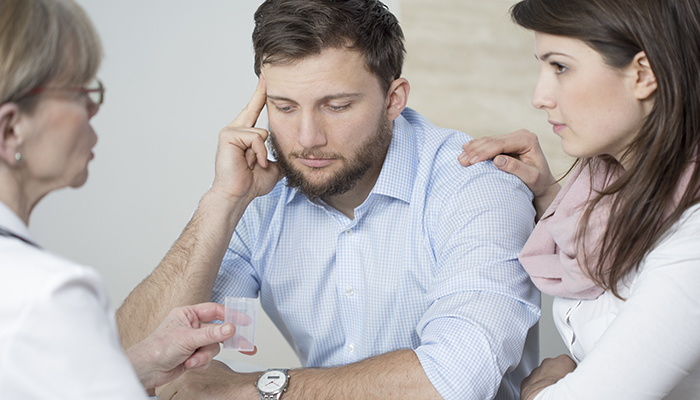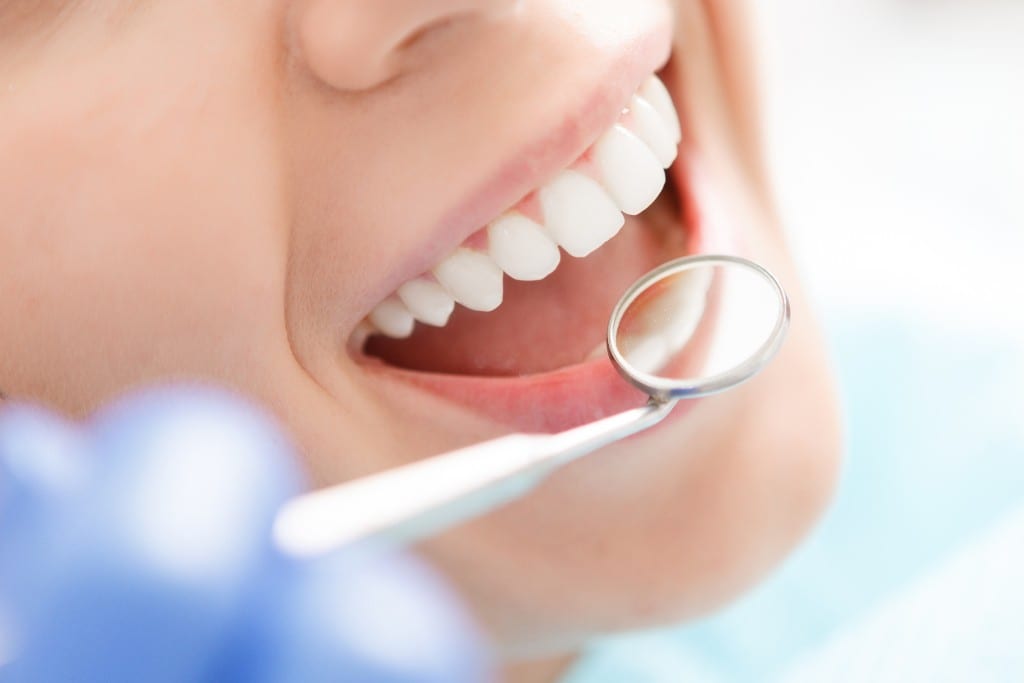The Fundamentals of Sudden Cardiac Arrest

SCA or “sudden cardiac arrest” is the third leading cause of death in the US, killing more than 325,000 each year. That’s more than breast cancer, lung cancer, and HIV/AIDS combined. Yet, many are not familiar with this life-threatening emergency.
The heart’s electrical system controls the heartbeat. When this system fails, it can trigger a dangerously fast heartbeat which causes the heart to quiver or shake. This prevents the heart from pumping blood to the body and brain. Without treatment, death occurs in minutes. This is known as sudden cardiac death (SCD).
Many people confuse SCA with a heart attack, but they are not the same. A heart attack occurs when a blockage stops blood flow to a part or parts of the heart causing damage to the heart muscle. When a person suffers a heart attack, they typically experience warning signs or symptoms – like chest pain or nausea. Usually, the victim will be awake and can call for help because their heart is still beating. In contrast, a victim of SCA will suddenly pass out and lose consciousness because the heart stops beating effectively. Additionally, SCA victims typically do not experience warning signs or symptoms.
Certain people are at an increased risk of experiencing SCA. You may be at higher risk if you have or experience one of the following: a low ejection fraction (EF) or weak heart muscle, prior heart attack, heart failure, family history of SCD, or viral infection in the heart. Other risk factors include high blood pressure, diabetes, obesity, smoking, and high cholesterol.
If a person experiences sudden cardiac arrest, it is imperative they immediately receive treatment. For every minute that passes, survival odds decrease by 10%. If a bystander is nearby, they should call 911 and perform CPR until emergency personnel arrive. They should also use an automated external defibrillator (AED), if available. Defibrillation – a controlled electric shock to the heart – is the most effective treatment for a life-threatening rapid heart rhythm.
In many cases, SCA is the first sign of a problem with the heart. However, there are certain heart patients who are known to be at an increased risk for SCA. For these individuals, a wearable defibrillator, ZOLL LifeVest, could provide a constant safeguard against sudden cardiac death without bystander intervention.
ZOLL LifeVest is a wearable cardioverter defibrillator (WCD) worn by patients at risk for SCA. When worn as directed, the device can provide a constant safeguard against SCD. ZOLL LifeVest is designed to detect life-threatening rapid heart rhythms and automatically deliver a treatment shock to restore normal rhythm. With ZOLL LifeVest, a person can return to most daily activities with the peace of mind that they have protection from SCD.
Chest compressions are a crucial component of CPR (Cardiopulmonary Resuscitation). During an emergency, the rescuer places their hands on the center of the victim’s chest and performs rhythmic compressions to circulate blood and maintain oxygen flow to vital organs. Proper compression technique involves pressing down at least 2 inches deep and at a rate of 100-120 compressions per minute. Effective chest compressions are a key element in increasing the likelihood of survival during cardiac arrest.




